From Marx to Naxalism: The Failed Theory
From Marx to Mao to Naxalbari, the ideology has left only violence, division, and failure instead of the promised paradise of equality.
Total Views |
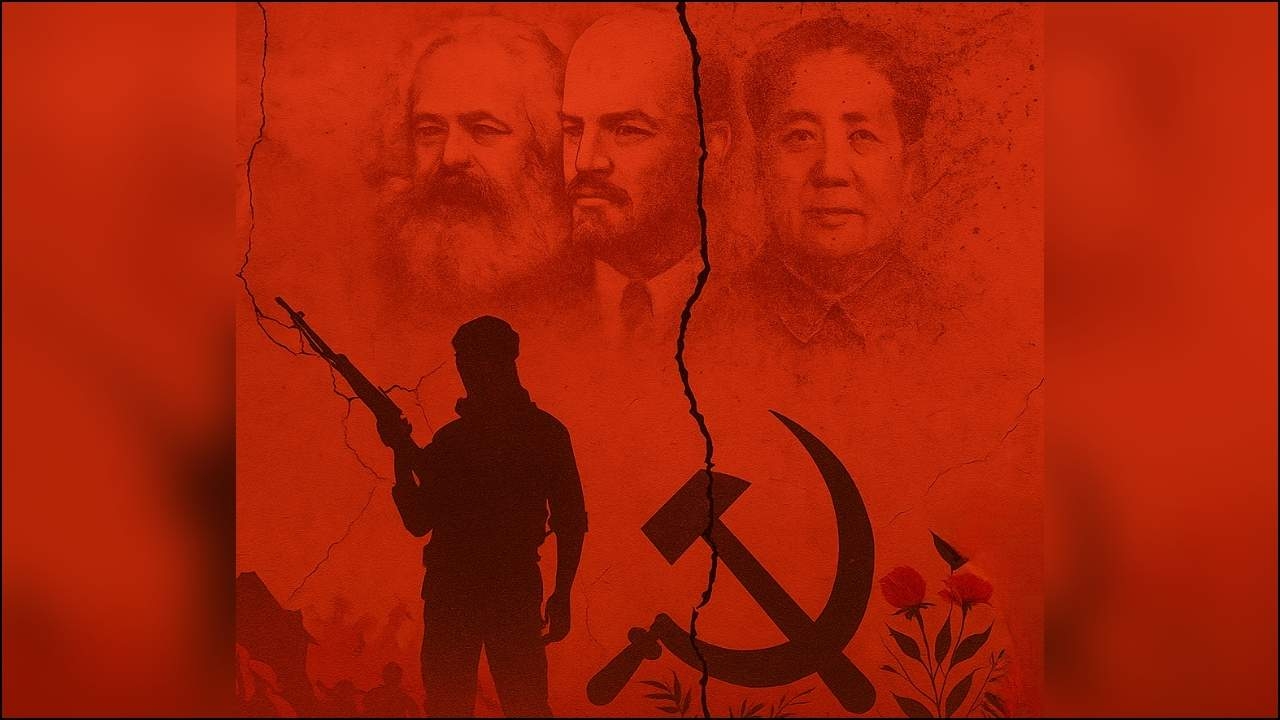
Introduction
Today, the Maoists in Bharat are not debating how to seize Delhi. They are debating how to survive. Leaders issue half-hearted calls for ceasefire, surrender, or “video talks.” Cadres desert, factions clash, and security forces close in. The once-feared “Red Corridor” that stretched across 165 districts in 2005 has now shrunk to a handful. The question arises naturally: is this collapse the result of military pressure alone, or is it the final proof that communism, from Marx to Mao to Naxal, is itself a failed ideology?
Let us not confuse matters. Naxalites are communists, followers of Marx, Lenin, and Mao. Their stated aim is not equality, welfare, or development. Their own documents declare that “commencing the war with guerrilla warfare… will resolve the question of state power.” In plain terms, they seek to overthrow the Indian state through prolonged armed conflict. And yet, look at their record: burning schools, blowing up roads, and killing poor villagers who dare oppose them.
In this article, we explore why communism has failed everywhere. If it has failed globally, could these Maoists have ever succeeded in Bharat?
Marxism: The Prophet of a False Dawn
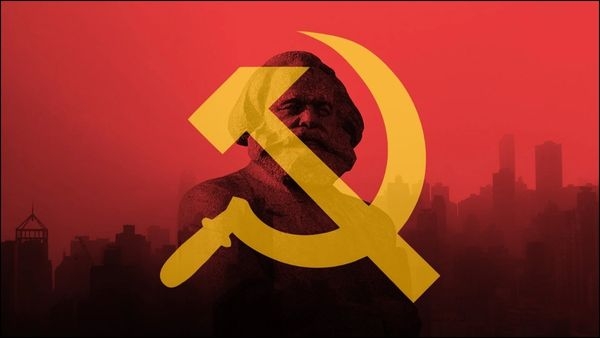
Karl Marx thundered that the history of all societies is the history of class struggle. He promised a paradise once private property was abolished, families dismantled, states destroyed, and the dictatorship of the proletariat established. He declared: “The theory of the Communists may be summed up in a single sentence: Abolition of private property.” But history refused to follow his script.
Marx predicted revolutions would erupt in advanced capitalist economies. Instead, they exploded in backward, semi-feudal societies such as Russia and China. And here arises the real question: was what happened in Russia and China truly a “revolution”? No, it was a coup. Marx’s theory collapsed at its very first test.
Leninism: Dictatorship Through Coup
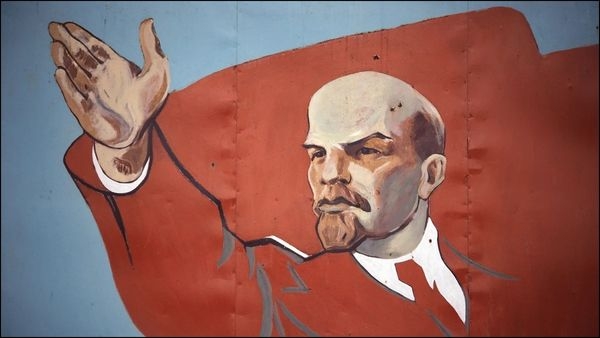
In 1917, Lenin staged a coup in Russia, not a workers’ uprising but a Bolshevik conspiracy. The result was civil war, Red Terror, famine, gulags, and mass executions. Millions perished under Lenin and Stalin through forced collectivisation, purges, and state-engineered famines. Lenin promised liberation but delivered dictatorship.
The USSR became communism’s first laboratory, and by 1991 it had dissolved in disgrace. If communism were a scientific truth, the Soviet Union would still stand. Its collapse remains the gravestone of Lenin’s experiment.
Maoism: A Disastrous Dictator
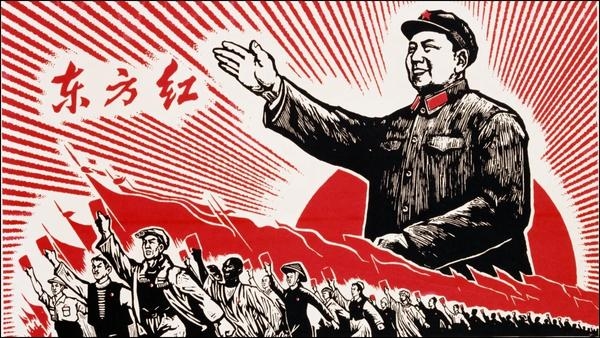
Mao Zedong carried Marxism-Leninism into China with “Chinese characteristics.” He launched the Great Leap Forward, a reckless drive to industrialise. The result was the largest man-made famine in history, claiming between 15 and 55 million lives. Then came the Cultural Revolution, a decade of chaos in which millions more were executed, tortured, or driven to suicide.
After Mao’s death, China abandoned Maoism, choosing authoritarian capitalism instead. The irony is stark: the shrine of Mao now sits in a country where billionaires flourish. If Maoism was the road to equality, why did China discard it so quickly?
The Bloody Record: Communism as a Killing Machine
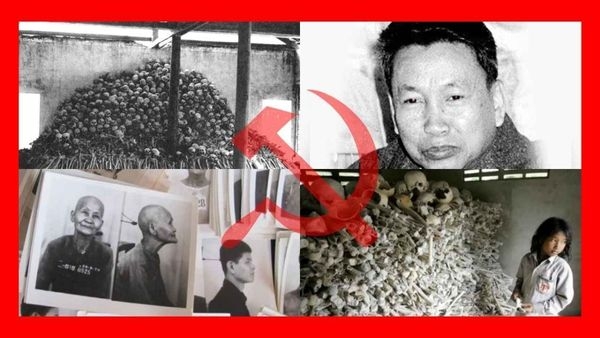
The Black Book of Communism documents the toll: Stalin’s purges, Mao’s famines, Pol Pot’s Cambodia, where nearly two million were slaughtered in just four years. Everywhere communism spread – Vietnam, North Korea, Eastern Europe – it left a trail of mass graves, forced labour camps, starvation, and fear. The word “classicide” was coined to describe it: the systematic extermination of entire classes of people.
Supporters may romanticise slogans, but history screams: communism equals death, not liberty.
Communism in Bharat: The Red Mirage
If Marxism were truly a “scientific” ideology, why has it produced nothing but endless splits, contradictions, and chaos in Bharat? The Communist Party of India (CPI) fractured in 1964 into CPI and CPI(M). Soon after, CPI(ML) emerged, followed by dozens of splinter groups, each claiming to be the “true” Marxist, Leninist, or Maoist torchbearer. One side wanted to contest elections and work within the Constitution; the other called that betrayal and demanded violent revolution. That was only the beginning.
The most violent offspring of this bickering is CPI (Maoist), also known as Naxalism, formed in 2004 by merging the People’s War Group and the Maoist Communist Centre. Today, this outfit is banned as a terrorist organisation. Yet even within CPI (Maoist), unity is collapsing. Leaders are split: one faction talks of surrender, another vows total destruction. They cannot even decide whether to live or die, because they never had a coherent vision of life to begin with. Their so-called ideology was never scientific; it was dogma stitched together from Marx, Lenin, and Mao, imported into Bharat without context and destined to rot.
Their confusion is not accidental. It is the natural outcome of communism itself. When a “scientific theory” cannot agree on democracy or dictatorship, elections or guns, surrender or suicide, what does that prove? It proves that communism is not science but a failed idea, and Naxalism is merely its most disastrous Indian mutation.
The Naxalites brought communism to Indian soil with the 1967 uprising in a small village called Naxalbari. From that moment, a trail of blood followed, with thousands of civilians, security personnel, and soldiers killed in the name of “equality.” They established so-called “Jan Adalats” not to deliver justice but to publicly execute dissenters. They claimed to fight for the downtrodden but perfected extortion, abduction, and execution instead.
The Indian Reality: From Red Corridor to Irrelevance
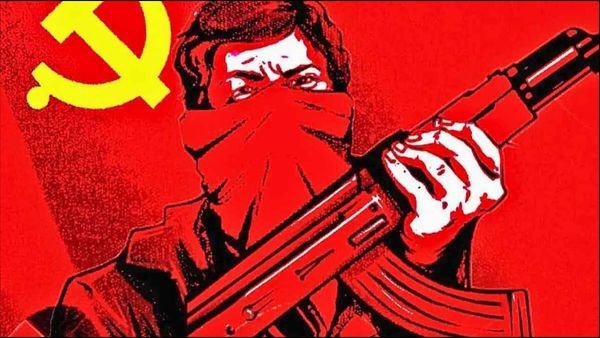
In the 2000s, Naxal violence spread like wildfire: over 190 districts were affected, with control over large parts of Bharat’s forests, impacting nearly 300 million people. They even planned to bring 25 districts of Odisha under their control by 2007.
The Indian state responded with a two-pronged strategy: tough security operations and focused development. Roads, schools, mobile towers, and skill centres reached areas once ruled by the gun. By 2025, the number of worst-affected districts had shrunk to six. Villagers who once feared the Maoist “Jan Adalats” now walk freely to weekly markets. The dream of Red Bharat lies in tatters.
Sharp Questions That Demand Answers
If Marx failed in Europe, Lenin in Russia, and Mao in China, what miracle did the Naxals think they could achieve in Bharat? If communism everywhere ended in dictatorship and famine, why should the villagers of Bastar pay the price? If communism’s history is a graveyard of failed experiments, why do some Indian intellectuals still glorify its slogans? These questions are not rhetorical; they are indictments.
Conclusion
From Marx’s dusty libraries in 19th-century Europe to Lenin’s bloody coup, from Mao’s mass starvation to the jungles of Bastar, communism has promised paradise but delivered hell. Its record is not of equality but of extermination. Its path is not liberation but fear. Today’s Maoist splits are not merely organisational squabbles. They are the ideological death rattle of a failed idea.
Communism has failed everywhere. And in Bharat, it will die not with revolution, but with irrelevance.
Article by

Aadarsh Gupta
Young Researcher

